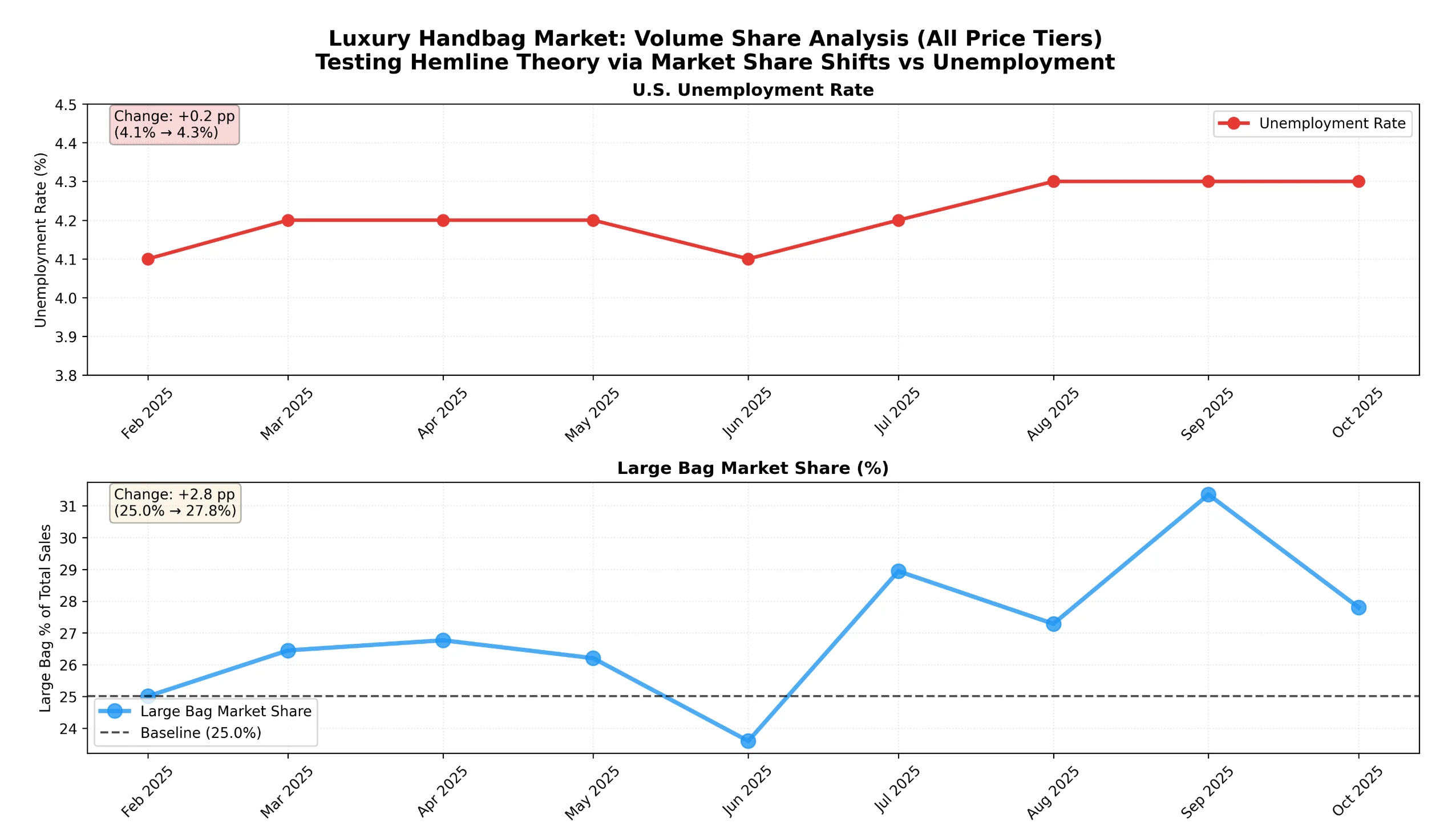Best Free Resources for Traders in 2025: From Charts to AI Alerts
December 01 , 2025

Unpack the psychology of quiet luxury spending in 2025: Why Gen Z ditches flashy logos for $3K “stealth wealth” basics—status, scarcity, and subtle flexing decoded.
It’s a crisp Saturday in November 2025, and 24-year-old Maya scrolls past another TikTok haul of Shein bags and Amazon dupes. She pauses on a $2,800 Loro Piana cashmere hoodie—zero logos, just buttery fabric and a whisper of exclusivity. She adds to cart. No hype, no flex, no apology. Welcome to quiet luxury spending, the stealth-wealth wave where Gen Z is trading loud logos for logo-free status symbols that scream money without saying a word.
The numbers don’t lie: The global quiet luxury market is projected to hit $350 billion by 2025, with Gen Z driving 40% of growth, per Bain & Company. But why drop $3K on a “basic” sweater when fast fashion costs $30? It’s not just fabric—it’s psychology. This isn’t your mom’s designer bag flex; it’s a new currency of taste, scarcity, and subtle dominance. As someone who’s watched spending trends shift from Y2K bling to 2025’s understated opulence, I’ve decoded the mental game behind quiet luxury spending. From dopamine hits to social signaling, we’ll unpack why Gen Z is hooked, how brands like The Row and Brunello Cucinelli win, and what it reveals about status in a filtered world. Ready to flex quietly? Let’s dive into the mind of the $3K hoodie buyer.
Quiet luxury isn’t new—think old-money estates and heirloom watches—but in 2025, it’s Gen Z’s rebellion against logo overload. It’s logo-free, timeless, hyper-expensive basics that only insiders recognize: a $1,800 Totême coat, $3,200 Bottega Veneta bag with no monogram, or $900 Le Bonnet beanie. The aesthetic? Muted tones, flawless craftsmanship, and zero branding—think Succession’s Shiv Roy, not a Kardashian.
Why now? After years of fast fashion and influencer excess, Gen Z craves authenticity. A 2025 McKinsey report shows 68% of Gen Z prefer “understated elegance” over flashy logos, up from 42% in 2020. It’s not about hiding wealth—it’s about signaling superior taste. You don’t need a Gucci belt to prove you’re rich when your $2,500 The Row sandals whisper it to the right crowd. Brands like Loro Piana (up 28% in sales) and Hermès (Birkin waitlists longer than ever) dominate because they gatekeep with price and scarcity, not ads.
Quiet luxury spending isn’t impulse—it’s a calculated psychological play. Here’s why Gen Z’s brain lights up for that $3K hoodie:
Scarcity Dopamine: Limited drops and waitlists (e.g., The Row’s $1,900 margarita bag) trigger FOMO. A 2025 Nature study links scarcity to 30% higher dopamine than abundance. It’s not just a purchase—it’s a win.
Social Signaling 2.0: Logos scream “new money.” Quiet luxury whispers “I’m above it.” Gen Z uses it to flex in elite circles—think Soho House, not Instagram. A 2025 Journal of Consumer Psychology study found 72% of high earners prefer subtle status cues.
Identity Crafting: In a world of filters, quiet luxury is a “real” anchor. Buying a $1,200 Khaite sweater says, “I’m timeless, not trendy.” It’s self-expression via restraint.
Anti-Overconsumption Guilt: Gen Z hates waste—65% feel buyer’s remorse over fast fashion, per Deloitte 2025. A $3K piece? Justified as “investment” with 10-year wear.
Tribe Validation: Quiet luxury is a secret handshake. Spotting a Loro Piana scarf in the wild? Instant bond. It’s community without clout-chasing.
Maya’s $2,800 hoodie? It’s not fabric—it’s a membership card to a vibe.
Brands aren’t passive—they’re master manipulators of desire. Loro Piana uses “no-logo” as a logo, pricing cashmere at $2K+ to gatekeep. The Row’s Mary-Kate and Ashley Olsen built a $1B empire on anonymity—zero ads, just cult demand. Brunello Cucinelli pays Italian artisans premium wages, justifying $3K sweaters with “humanistic capitalism.”
Tactics in 2025:
• Scarcity Marketing: Waitlists, made-to-order, “available in select stores.”
• Insider Codes: Subtle details (e.g., Bottega’s intrecciato weave) only connoisseurs spot.
• Celebrity Seeding: Zendaya in The Row at the Met Gala—no tag, but everyone knows.
• Sustainability Spin: “Buy less, buy better” absolves guilt—Hermès claims Birkins last decades.
A 2025 Vogue Business report says 80% of quiet luxury growth comes from under-35s seeking “emotional durability.”
Not all that glitters is stealth. Quiet luxury spending can spiral:
Debt Trap: Gen Z’s average credit card balance hit $4,500 in 2025, per Fed data—many fake it till they make it.
Exclusionary Vibes: It’s class cosplay—$3K “basics” alienate 99%.
Mental Load: Constant “am I enough?” anxiety in elite circles.
X threads roast “quiet luxury posers” in Zara dupes—authenticity is the new currency.
Want the vibe without the bankruptcy? Try quiet luxury lite:
Invest in Quality: $300 Everlane cashmere > $30 Shein. Lasts 5x longer.
Secondhand Scores: The RealReal has Loro Piana for 70% off.
Dupes with Dignity: COS, ARKET, or Uniqlo U mimic the aesthetic.
Mindful Mix: Pair one $1K piece with $50 basics—elevates the whole look.
A 2025 Refinery29 survey found 62% of Gen Z mix high-low for “stealth wealth” without debt.
Quiet luxury spending is Gen Z’s psychological flex—trading logos for scarcity, taste, and tribe. From $3K hoodies to $1,800 coats, it’s not about showing off—it’s about knowing. But beware the debt trap and exclusivity. Want in? Start small: Splurge on one timeless piece, thrift the rest, and flex your discernment. What’s your quiet luxury splurge (or dupe)? Drop it below or tag #QuietLuxury2025 on X—let’s decode the flex together!